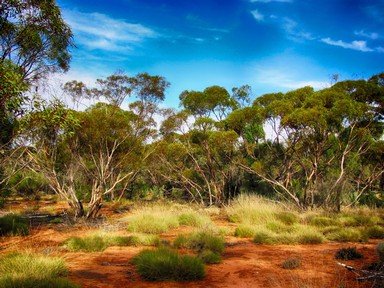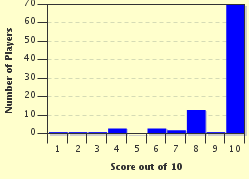Quiz Answer Key and Fun Facts
1. Pink and grey feathers. Common in suburban areas throughout Australia.
2. Member of the kingfisher family. Well known for its iconic calls.
3. Large white parrot found in Northern and Eastern Australia. Distinctive crest of yellow feathers on the head.
4. Medium-sized parrot. Feathers of multiple colours including red, green and blue.
5. Medium-sized bird with black and white feathers. Notorious for its aggressive swooping attacks during breeding season.
6. Australia's second-largest bird. Black feathers and a blue neck with a red wattle. Has a distinctive crest on the head.
7. Medium-sized bird of prey. Bluish-black feathers on the back, white underside. Famous for its incredible speed.
8. Australia's largest bird of prey. Reddish-brown feathers. Adults have a wingspan of roughly 2.5 metres.
9. Large waterbird. Adults are black with white flight feathers and a bright red beak.
10. Australia's largest bird. Shaggy greyish-brown feathers.
Source: Author
ElusiveDream
This quiz was reviewed by FunTrivia editor
guitargoddess before going online.
Any errors found in FunTrivia content are routinely corrected through our feedback system.


